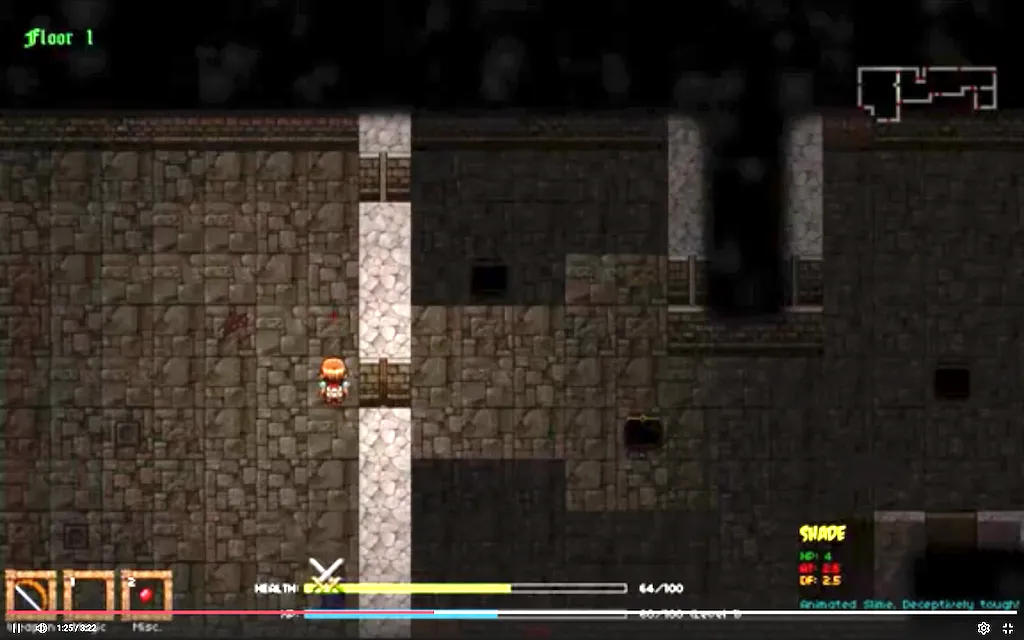Timeline and Roadmap
I’ve been working on the vague concept of writing a roguelike for many years, but I’ve never quite gotten around to it — at least, not in earnest.
I’ve done a little digging into the past to determine when I started seriously thinking about it (which I recall was around 2010, though the earliest physical prototypes I can find date from 2014). That’s probably a good enough marker for the start, even if it might be a bit of a fudge.
For the sake of my own curiosity, I thought it would be interesting to put together a timeline of my work on various roguelike-related projects over the years in an attempt to chronicle my progress.
I’ll keep it updated as I make further progress and adjust any future projections to more closely align with eventual reality, as I’m pretty sure my estimates will bear no relationship to how long it actually takes to do something. Software development estimates are tough enough to get right even when most factors are known; in this case, there are unknowns both in terms of the research that needs to be done and the time I can find to work on it.
Timeline
The story so far…
Late 2013/Early 2014
Work began on a prototype basic roguelike a few weeks before this date, using temporary assets from a prior project. The aim was to test the workability of various procedural generation techniques to get the feel for how much effort would be involved in putting together a basic effort.

Most likely I was inspired by playing Dungeons of Dredmor or Hack, Slash, Loot , both of which had come out a few years before, but that I had been too busy to really play.
Early 2019
Probably the next time I got a chance to delve into roguelike development was in early 2019 when I started playing around with various procedural generation techniques and built several libraries in C# that ultimately resulted in the demos and prototypes that are detailed in the earliest blog posts on this site.
Life — as it has a habit of doing — got in the way, and I wasn’t able to devote any spare time to programming due to various external factors too boring to go into here. Ultimately, it wasn’t until early 2023 that I was able to get back into it.
By then, of course, technology had moved on and Rust came to by attention as a promising target for game development. Not only that, but developing in Rust would serve as a good learning exercise that would be potentially useful in my primary career.
May - August 2023
World Map generation.
September - October 2023
Work on a C# landscape generation tool.
Late October 2023
Further work on the landscape generation tool. Mostly bug-fixing and optimization, as well as chunk-based storage and streaming to and from disk. This was useful to ensure that landscape chunks were only generated once and then stored from that point, allowing for persistent features and modifications to be applied.
April/May 2024
By early 2024, I had decided to switch development to Rust (to encourage me to learn a new and unfamiliar language). This is about the time I conceived of starting the blog to keep track of progress.
The video shows an experiment in fast landscape generation using shaders in Rust.
First “real” blog entry, detailing a bit of background on the plans, and introducing the Flexible Architecture for World-building and Narrative. A bit of a mouthful, but the best backcronym ever.
TBC
To Be Continued…
Roadmap (TODO)
This section will be filled in at some point.